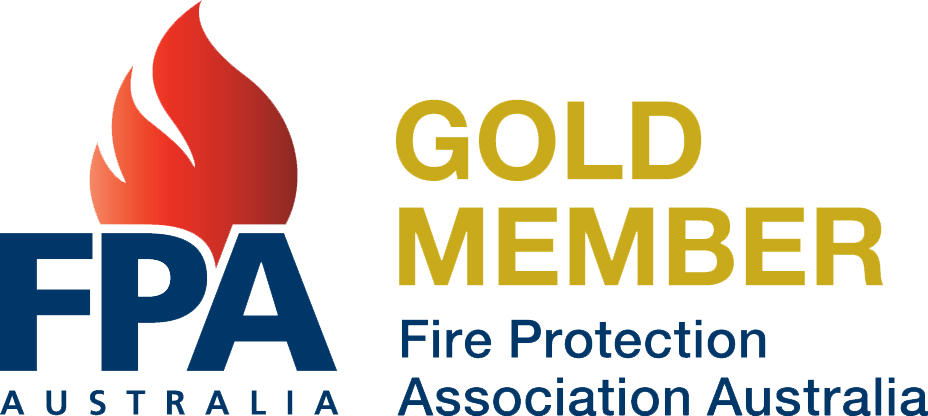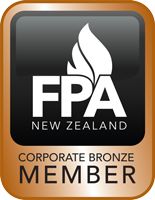When a fire alarm goes off, do you know what to do? Who to follow? What about the people in your work area: are they familiar with the evacuation route and able to access it safely?
It’s easy to understand how people become panicked in an emergency. That’s why familiarising yourself with the 10 essential components of fire evacuation procedures is so important, not only for you but for the safety of people around you.
Evacuation procedures should clearly outline when to evacuate. What physical signs to look for, which alarm tones signal evacuation, and how to trigger an evacuation if there is no alert system in place.
Not all alerts or emergencies require you to evacuate. Throughout the year, alarm system tests should familiarise staff with the different alert tones.
Fire evacuation procedures should list the key contacts in an emergency, including their role and contact details:
Getting yourself and others safely to and exit is your top priority in an emergency. Familiarise yourself with fire exit locations, emergency evacuation diagrams and emergency lighting, so you know which way to go wherever you are in the building.
High-rise buildings, warehouses, factories, entertainment venues: all these sites have unique obstacles in emergency exits. Emergency procedures must be site-specific, with detail relating to each floor or work area.
Some emergencies may require you to locate and distribute PPE. These items should be marked on evacuation diagrams, and you should know where to find them:
Some people may not be able to reach a fire exit alone. Fire evacuation procedures must identify employees or regular visitors who need assistance, as well as the process to help visitors in an emergency. Remember, visitors aren’t familiar with the site like you so a fire alarm mayconfuse them.
If staff are designated to stay behind, for example to shut off fire alarm systems or confirm the area is clear, the procedures should be detailed in a fire evacuation plan. Staff who can’t be accounted for at a muster point can trigger a broader emergency response.
How are you marking off staff at the muster point? Is there a way to cross-check missing people with staff absent from work or not on shift? Before an emergency can be declared over, all staff need to be accounted for according to an airtight procedure.
Once emergency services have arrived, or a competent person decides it’s safe to return to work, there should be a clear re-entry procedure to prevent bottlenecks, missing staff or safety risks.
Fire Safe ANZ work with organisations to design customised and comprehensive fire evacuation procedures. We understand fire evacuations better than anyone else and can equip you to manage every emergency for a safe and calm outcome.
Contact us for a consultation or learn more about fire evacuation procedures on our website.


